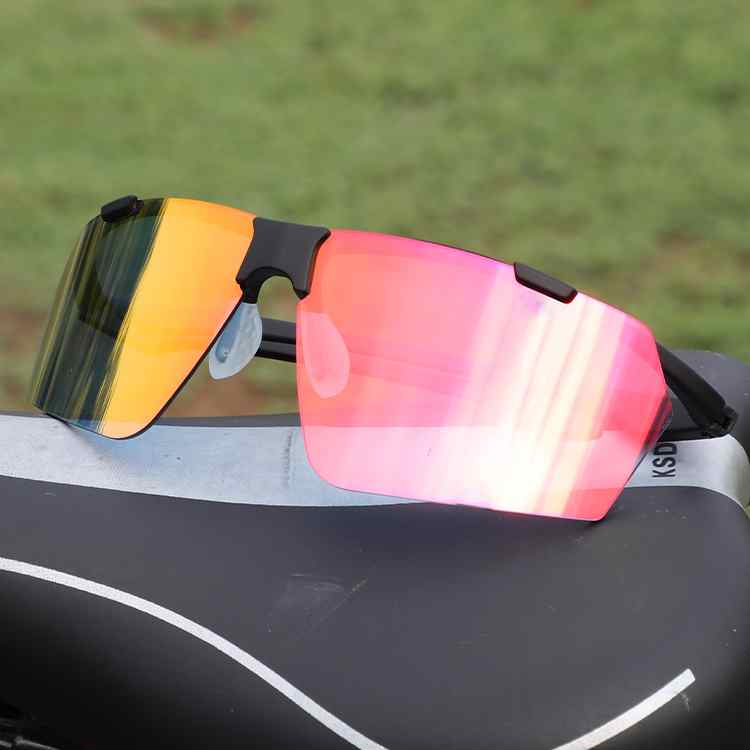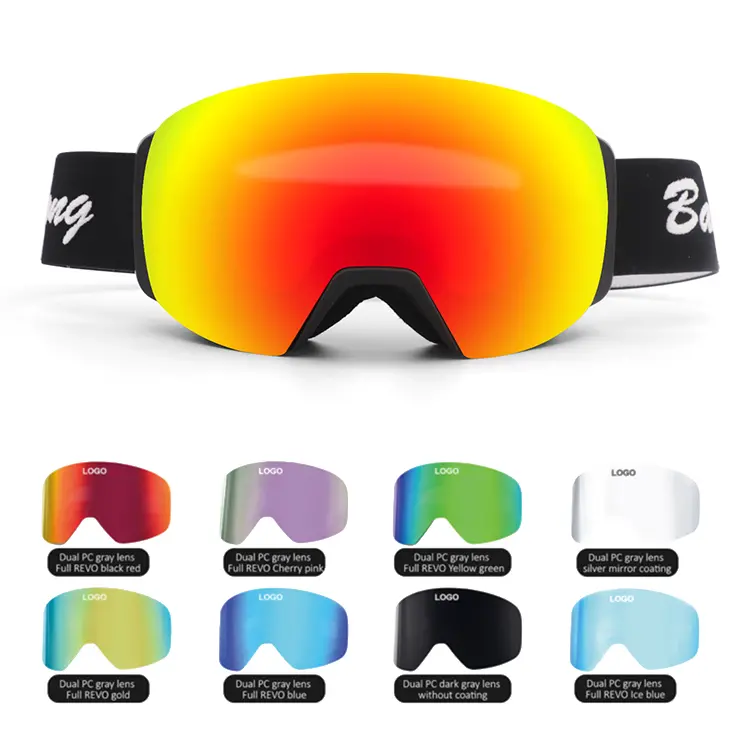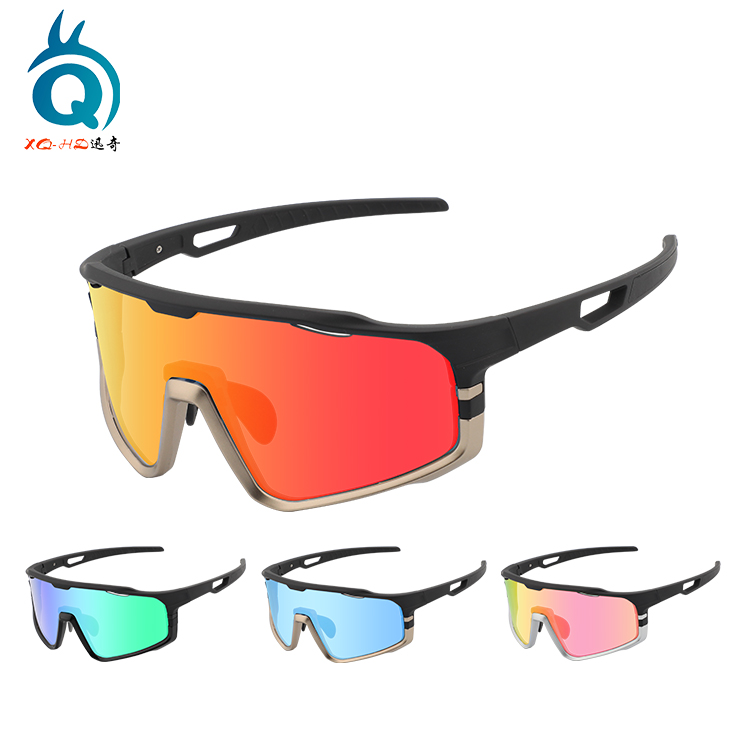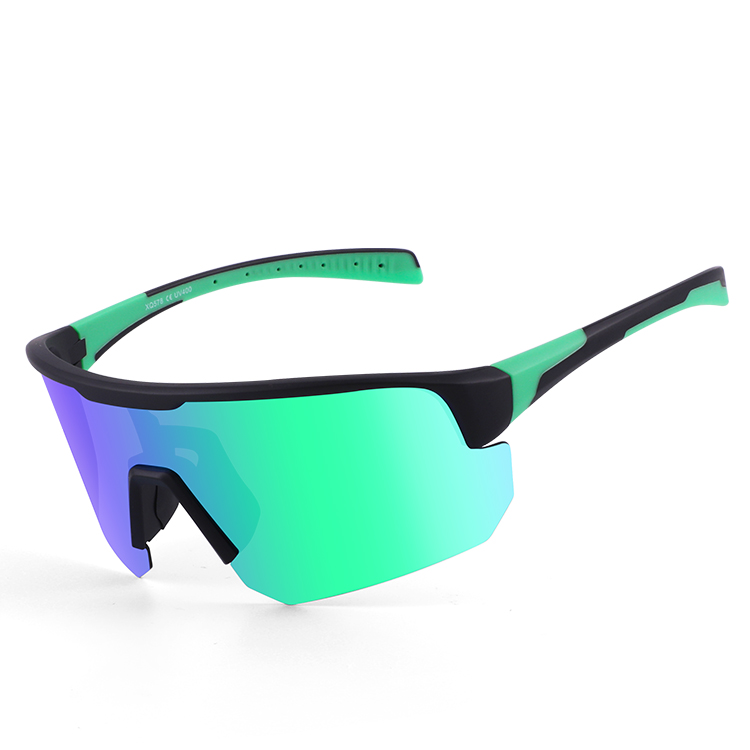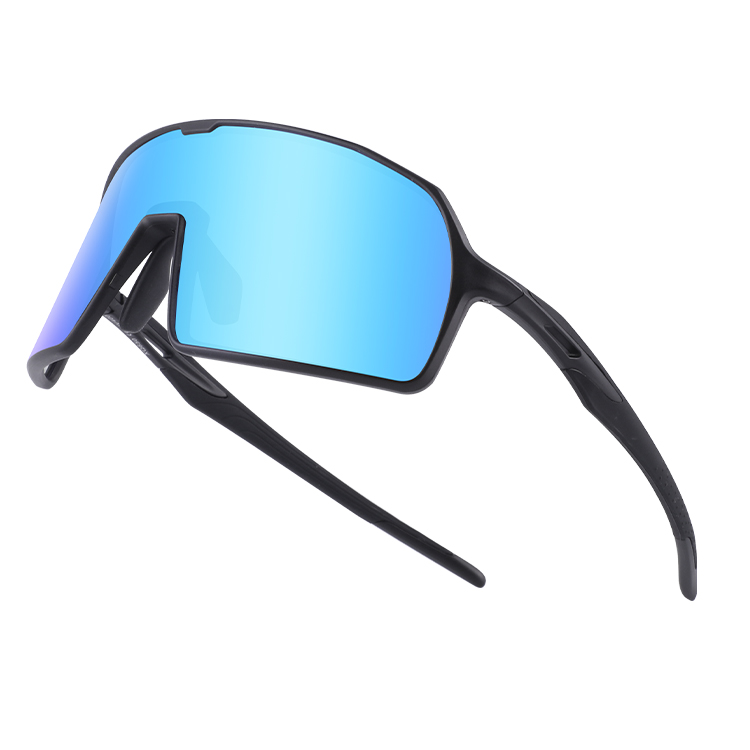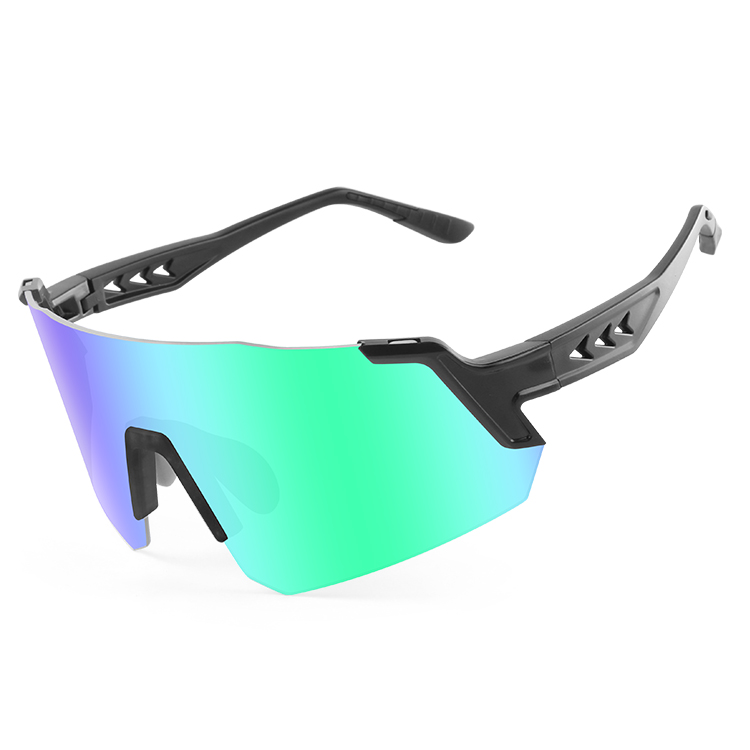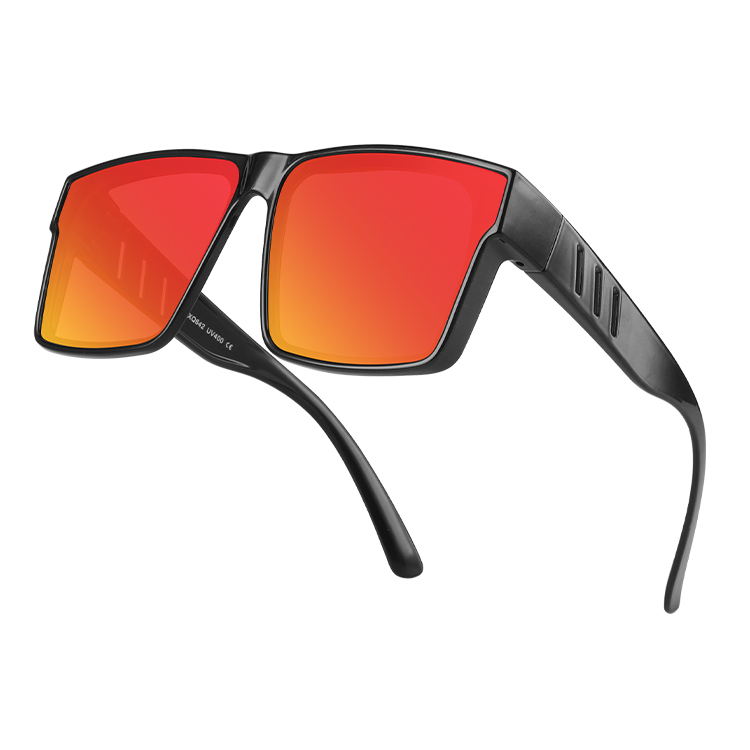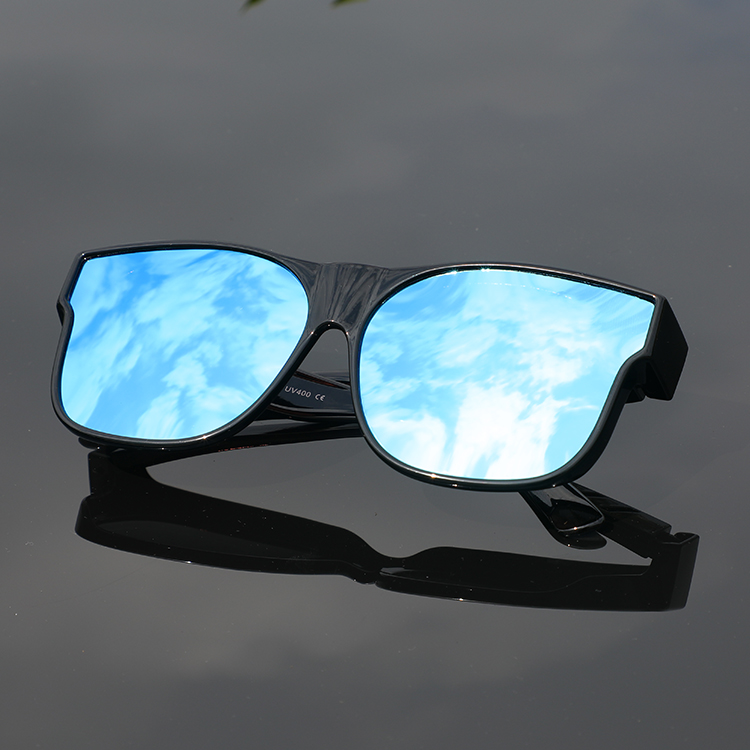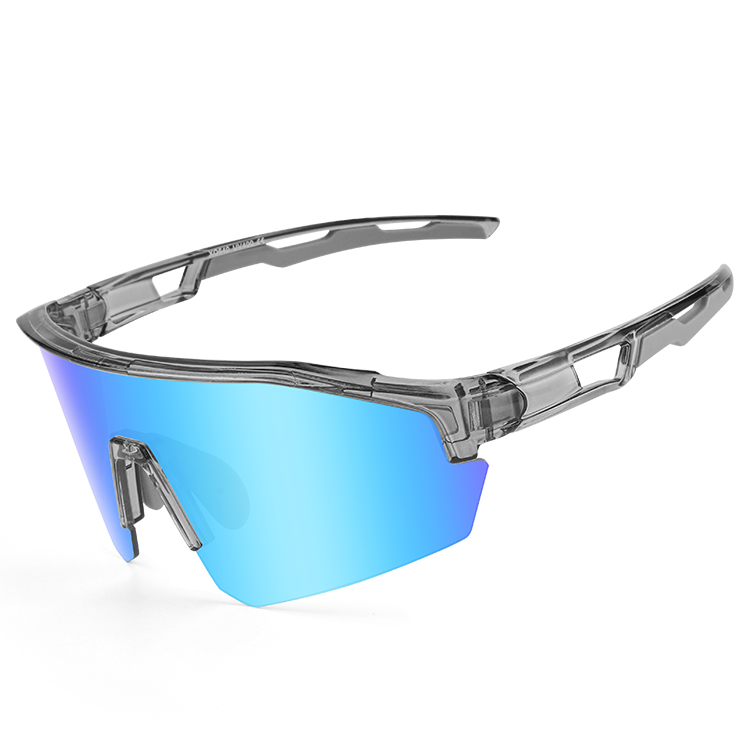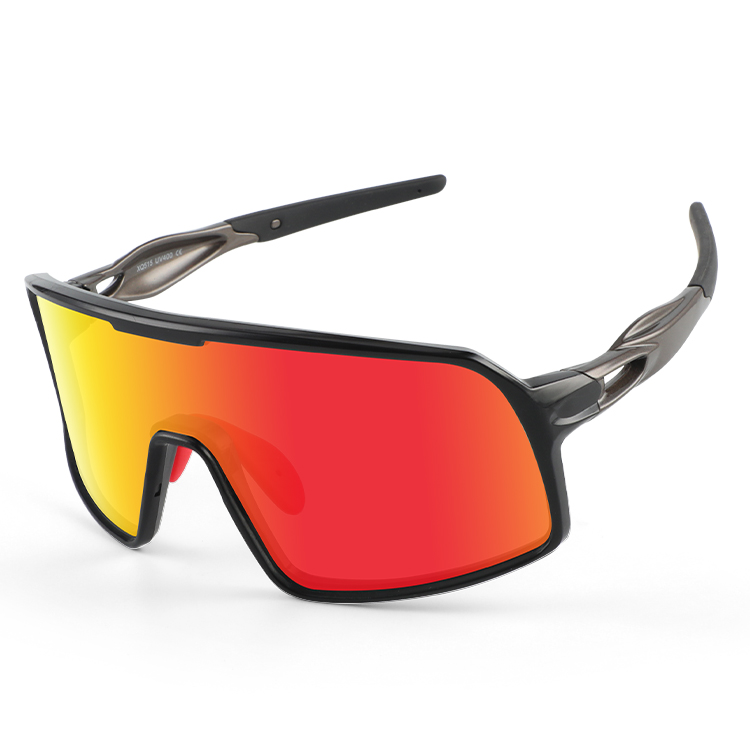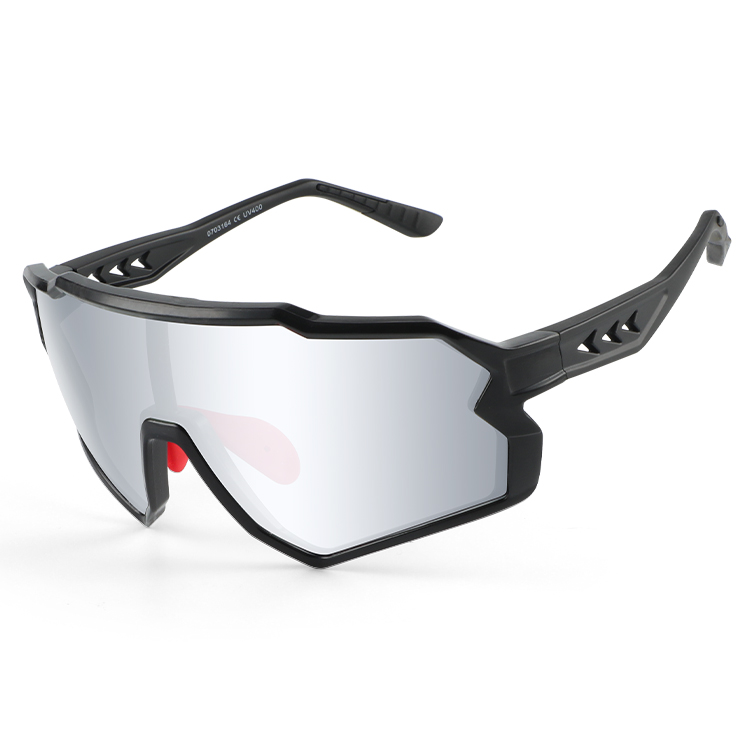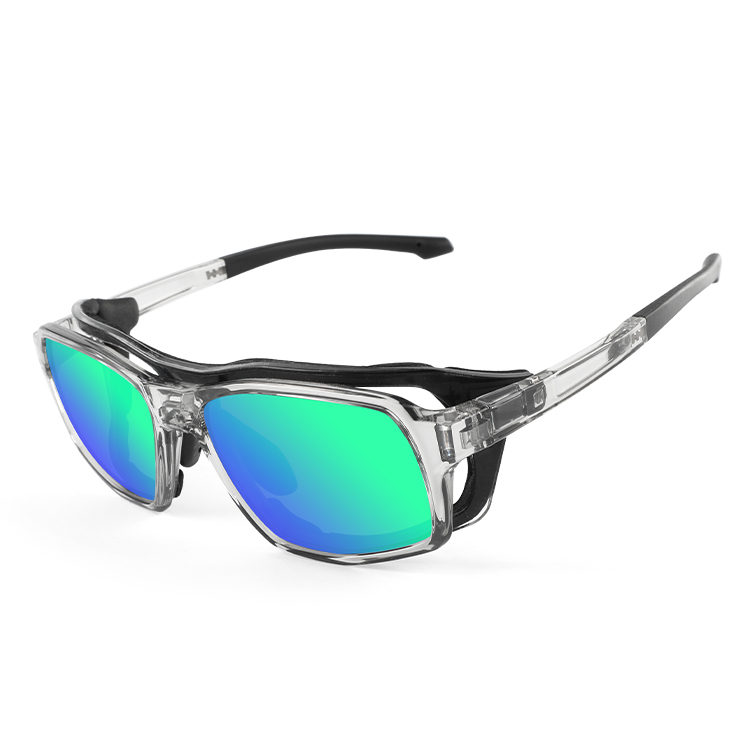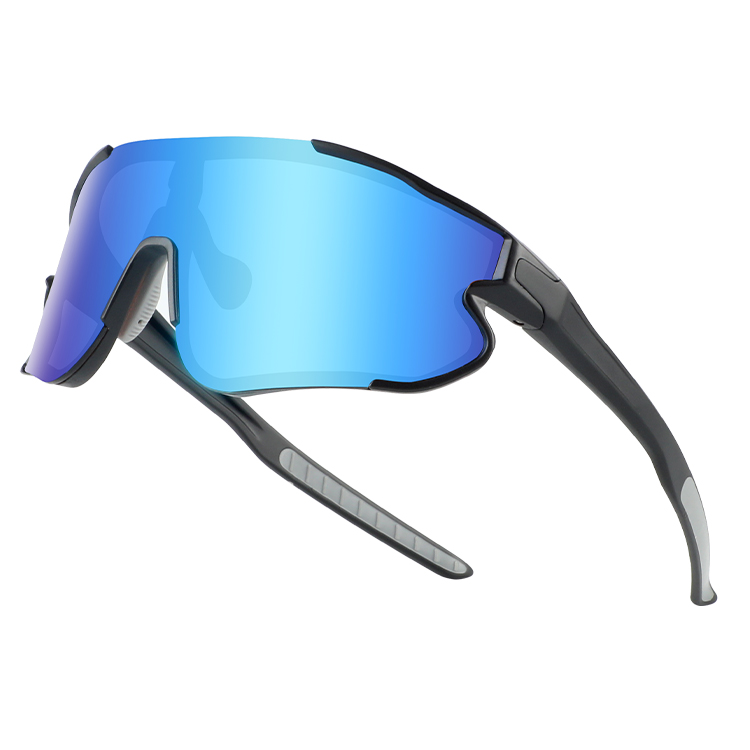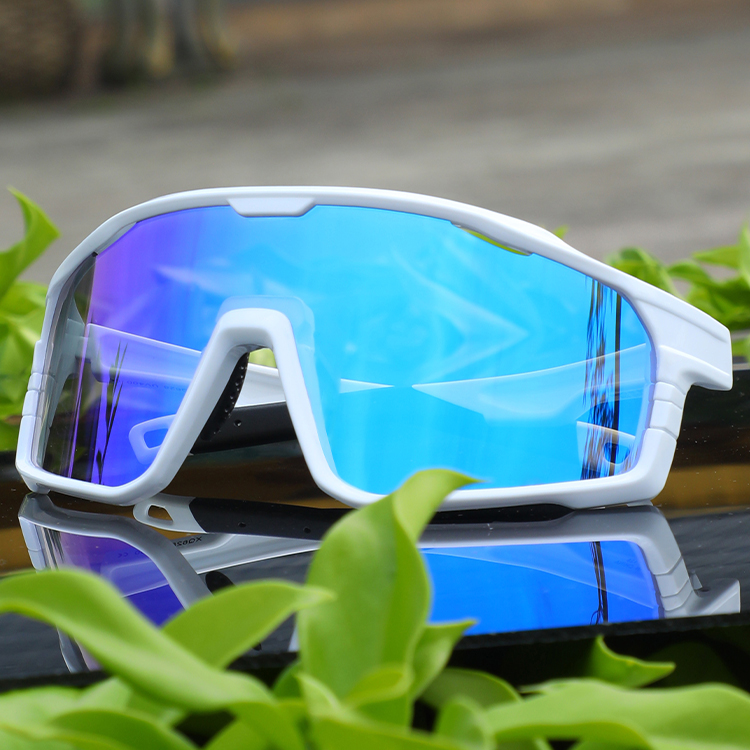Transition lenses, also known as photochromatic sunglasses, are a popular choice for people who need vision correction and also want protection from UV rays. These lenses darken automatically when exposed to sunlight, providing both clarity and comfort. But a frequently asked question is: Can you activate transition lenses without the sun? To answer this, it’s important to first understand how photochromatic sunglasses function—and then explore their limitations, advantages, and comparison with other optical solutions.
How Photochromatic Sunglasses Work: The Science Behind the Tint
Photochromatic sunglasses are made with lenses that contain light-sensitive molecules, typically based on silver halide or organic photochromic dyes. These molecules undergo a reversible chemical reaction when exposed to UV radiation. Once triggered, the lenses darken; when the UV source is removed, they return to a clear state.
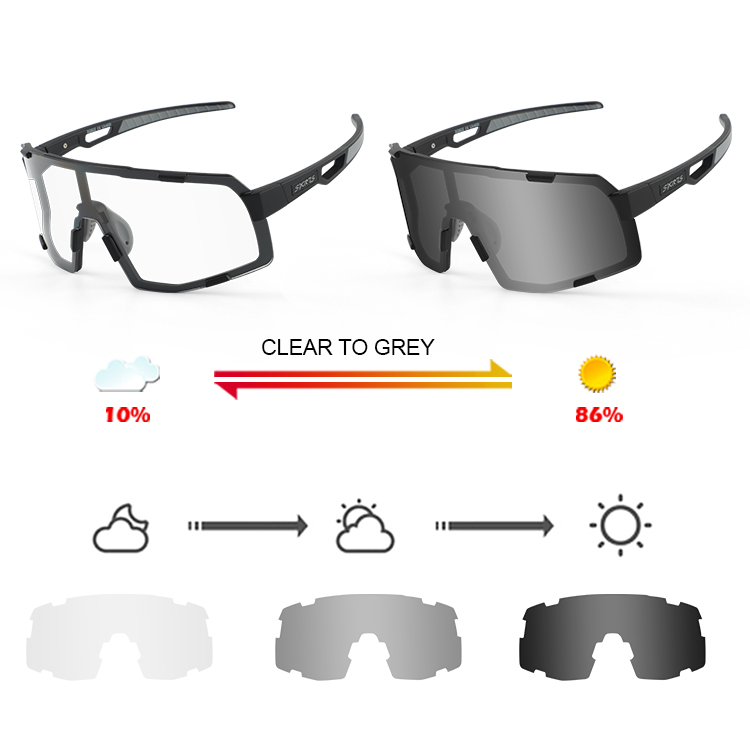
Activation Conditions
- UV Light Source: Primary trigger (wavelength: 280–400 nm)
- Temperature Influence: High temperatures slow activation; cold speeds it up
- Activation Speed: Most lenses darken within 30–60 seconds, and return to clear in 2–5 minutes
Important Note: Standard indoor lighting (like LED or fluorescent) emits negligible UV, meaning photochromatic sunglasses will not activate indoors unless UV light is artificially introduced.
Can You Activate Transition Lenses Without Sun?
The Short Answer: Only With UV Light
You can activate photochromatic sunglasses without direct sunlight, but only if there is a strong UV light source present. This can include:
- UV lamps used in sterilization
- Blacklights (UV-A spectrum)
- Some welding equipment or industrial light sources
However, even under these conditions, the lenses may not darken to their full outdoor potential due to spectrum variations. For context:
| Environment | UV Intensity Level | Activation Effect on Lenses |
| Direct sunlight (midday) | ~50–100 mW/cm² | Full activation (80–100%) |
| Indoor LED lighting | <0.1 mW/cm² | No visible activation |
| UV sterilization lamp | 5–20 mW/cm² | Partial activation (30–60%) |
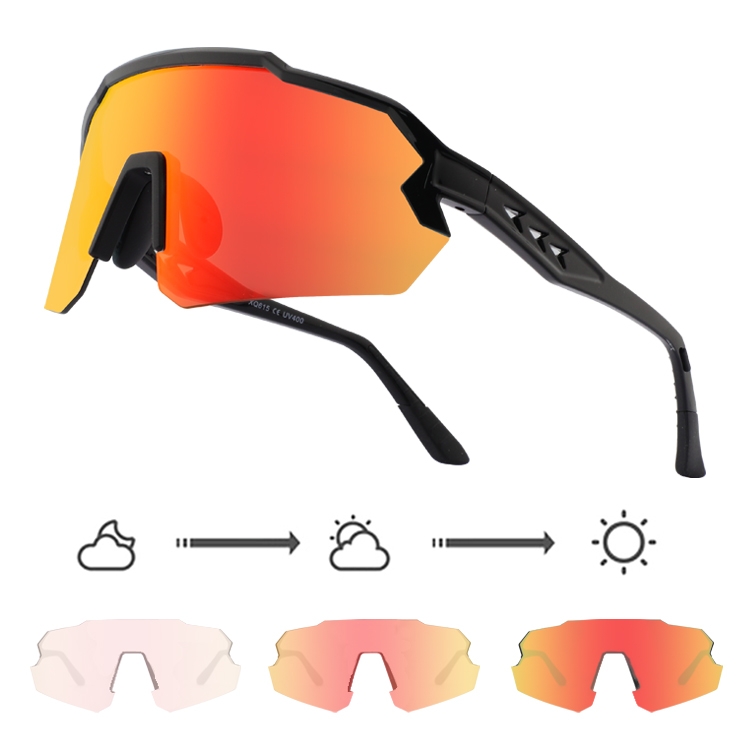
So, unless you’re under UV-emitting lighting, photochromatic sunglasses will remain clear indoors, which is why some users pair them with clip-on tints or use separate prescription sunglasses for full indoor/outdoor flexibility.
Photochromatic Sunglasses vs Other Light-Control Options
| Feature | Photochromatic Sunglasses | Polarized Sunglasses | Prescription + Clip-ons |
| UV Activation Required | Yes | No | No |
| Indoor Tint Function | No | Yes (if always tinted) | Yes |
| Custom Vision Correction Available | Yes | Usually not | Yes |
| Reaction Time | 30s – 5 min | Instant | Manual |
| Cost (Approximate) | $150–300 | $50–150 | $100–200 |
Pros of Photochromatic Sunglasses
- Eliminates the need to switch glasses outdoors
- Tailored for people with prescription needs
- Reduces eye strain and UV exposure
Cons of Photochromatic Sunglasses
- Ineffective behind car windshields (which block UV)
- No activation indoors or in UV-free environments
- Reaction speed can vary by brand and weather
Choosing the Right Type of Photochromatic Sunglasses
Not all photochromatic lenses are created equal. Some of the top-performing types include:
1. Standard Plastic Photochromatics (CR-39)
- Widely available
- Moderate darkening capability
- Affordable
2. Polycarbonate Photochromatics
- Impact resistant (ideal for sports)
- Faster darkening but may retain a slight tint indoors
3. High-Index Photochromatics
- Thinner, lighter lenses for high prescriptions
- May activate slightly slower due to lens density
According to lab studies, high-end photochromatic sunglasses like Transitions Gen 8 can achieve up to 90% tint in under 60 seconds, while returning to clear in less than 3 minutes at room temperature.
Enhancing Performance Indoors: Is There a Workaround?
Ways to Simulate Activation Without Sunlight:
- Use a UV flashlight: Hold 5–10 cm from the lens surface for 15–30 seconds
- Expose lenses to sunlight through an open window (glass blocks UV, so it must be open)
- Use hybrid lenses: Some newer technologies blend photochromatic molecules with blue light filtering, giving a slight indoor tint to help screen users
However, these solutions are situational and won’t offer full darkening unless sufficient UV intensity is present.
Who Should Avoid Relying Solely on Photochromatic Sunglasses?
While photochromatic sunglasses are highly convenient, some users may find them limiting:
- Professional drivers (activation blocked by windshields)
- Office workers need to be tinted indoors
- Photographers or outdoor athletes requiring consistent shading
In such cases, combining photochromatic lenses with polarized clip-ons or anti-reflective coatings can provide a more adaptive solution.
Conclusion: Understanding Photochromatic Sunglasses Beyond the Hype
So, can you activate transition lenses without the sun? Technically, yes—but only if you’re exposed to sufficient UV radiation. For the average co

